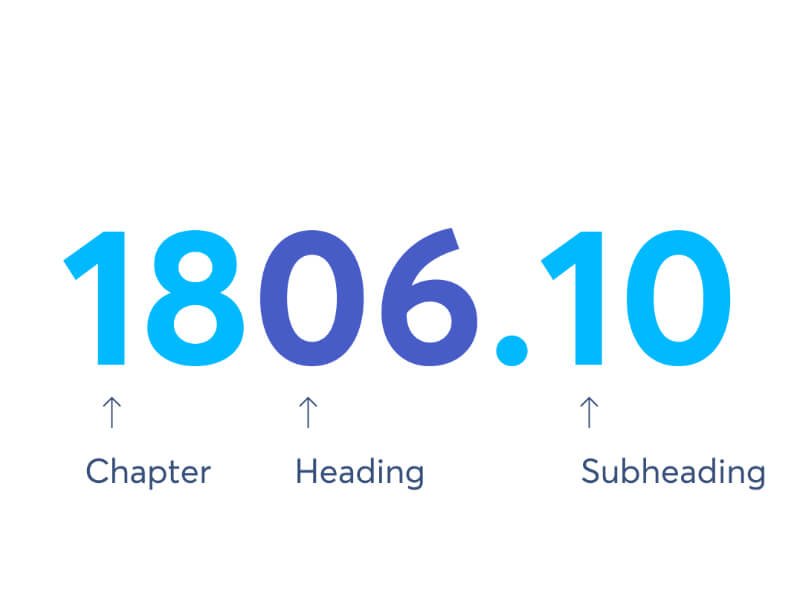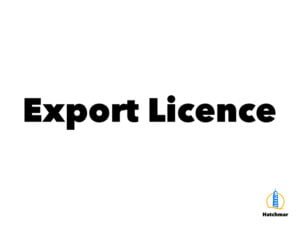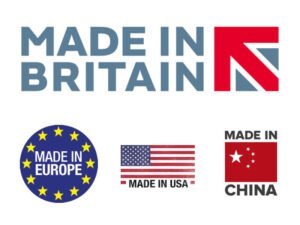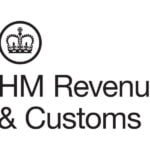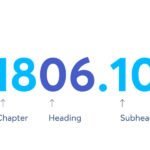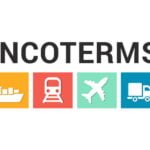What is the ‘Harmonized System’?
The harmonized commodity description and coding system, referred to as ‘Harmonized System’ or simply ‘HS’, is a multipurpose international product nomenclature developed by the World Customs Organization (WCO).
Great Britain uses the HS 6-digit codes plus two for export cargo plus 4 for import cargo, although some imports can attract a further 4-digit extension.
- It is used by 200 countries.
- Breaks products into 99 chapters, although some are not used.
- Consists of 1200 – 4-digit commodity codes.
- These are then broken down into about 5.000 individual 6-digit HS codes.
- Each country then adds its own extensions on the end to describe products in more detail, and these are designed to meet that country needs for statistics.
- GB uses the HS 6-digit codes plus two for export cargo plus 4 for import cargo, although some imports can attract a further 4-digit extension.
- Changes are often made to update statistical collection, allowing trade to reflect modern trends.
- Plenty of notice is given of changes to allow customs and trade to update their systems.
How is the HS useful?
Customs can use it to identify trade, which is of ‘interest’ and exchange easily with overseas customs authorities.
Trade can use it to allow standard identification of cargo and use the same based data for both and export, and if carried forward, for import classification.
In the longer-term export entries could therefore become the detail of import entry completion.
How is the HS different to the conventional ‘tariff’?
The HS gives a much more detailed description of goods in some cases. Some products are identified with photographs or drawings to aid classification.
